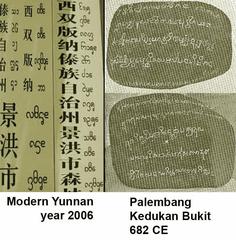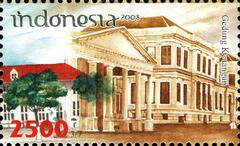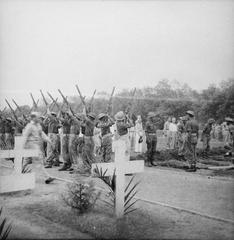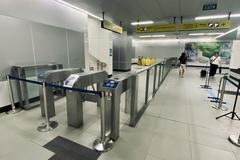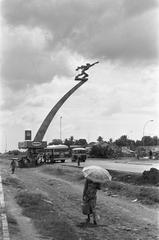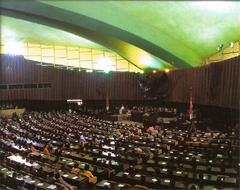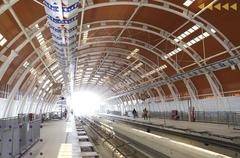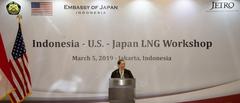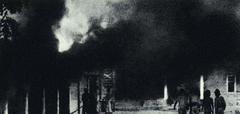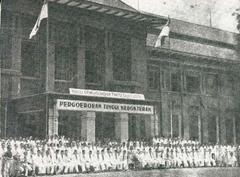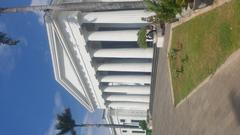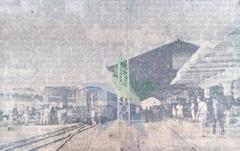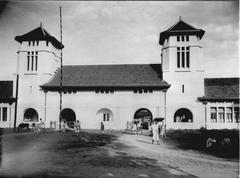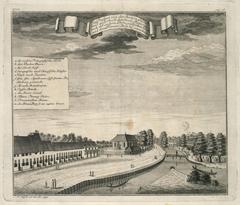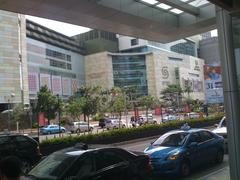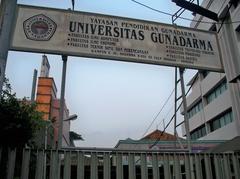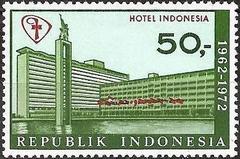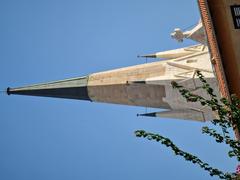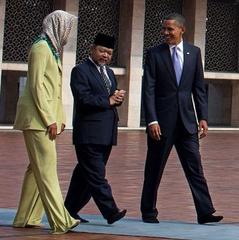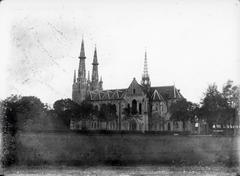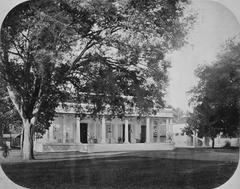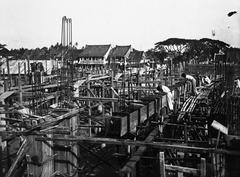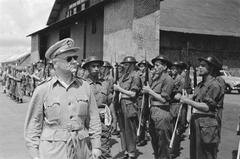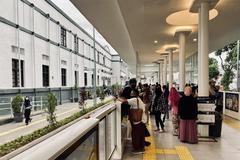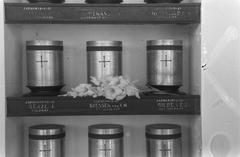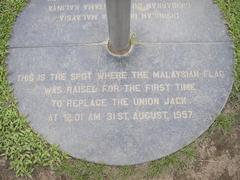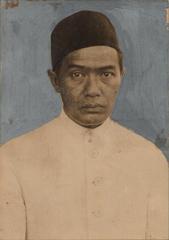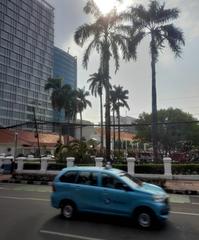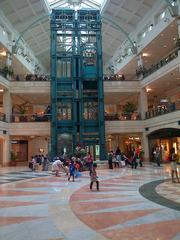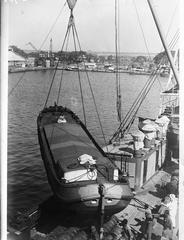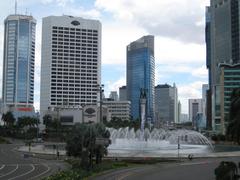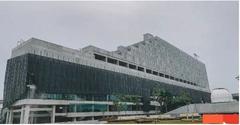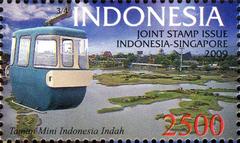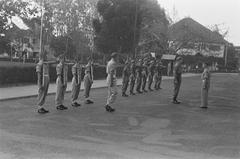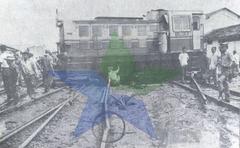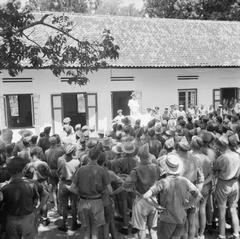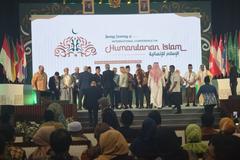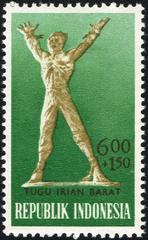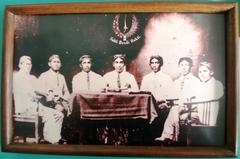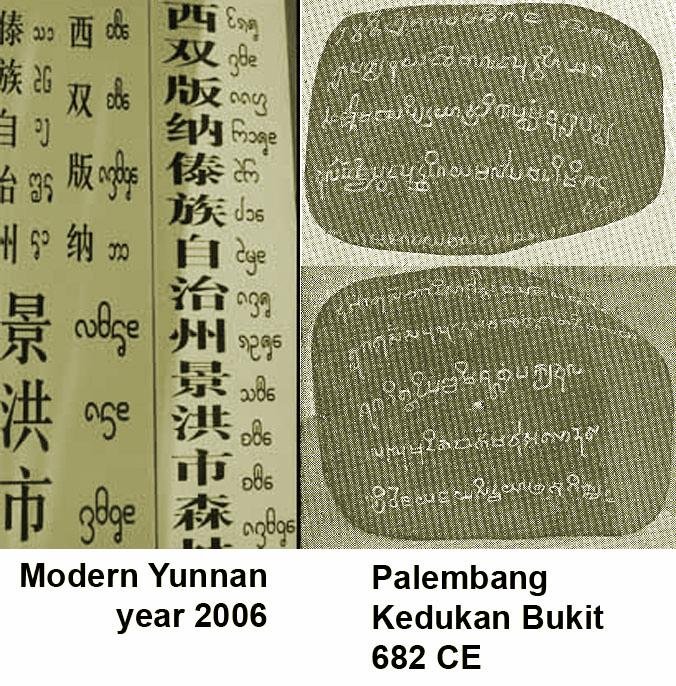
Kedukan Bukit Inscription: Visiting Hours, Tickets, and Guide to Jakarta & Palembang Historical Sites
Date: 14/06/2025
Introduction
The Kedukan Bukit Inscription is one of Indonesia’s most significant historical artifacts, shedding light on the early Srivijaya Kingdom and the broader cultural and political landscapes of Southeast Asia in the 7th century CE. Discovered in 1920 near Palembang, South Sumatra, this stone slab—engraved in Old Malay with the ancient Pallava script—records the sacred journey of Dapunta Hyang Sri Jayanasa, the founder of Srivijaya, and the establishment of this influential maritime empire.
Today, the inscription is preserved and displayed at the Museum Nasional Indonesia in Jakarta. This guide provides comprehensive information on its historical significance, practical visitor details, travel tips, and recommendations for exploring related sites in Jakarta and Palembang. Whether you’re a history enthusiast or a curious traveler, this article will help you make the most of your journey into Indonesia’s early history.
For in-depth historical context and visitor details, see the Museum Nasional Indonesia website, articles on the Srivijaya Kingdom, and analyses of the inscription’s content (thepatriots.asia).
Table of Contents
- Introduction & Historical Context
- Discovery and Physical Description
- Linguistic & Religious Significance
- Political Influence & Srivijaya’s Legacy
- Preservation and Museum Display
- Visitor Information: Jakarta & Palembang
- Nearby Attractions
- Practical Travel Tips
- Visitor Experience
- Frequently Asked Questions (FAQ)
- Related Resources & Articles
- Visual & Interactive Elements
- Final Tips & Call to Action
- Sources
Historical Context and Discovery
The Kedukan Bukit Inscription was discovered on November 29, 1920, by M. Batenburg on the banks of the Tatang River, a tributary of the Musi River near Palembang, South Sumatra (idsejarah.net). Measuring roughly 45 x 80 cm, the stone is inscribed in Old Malay with the Pallava script—a clear testament to early cultural exchanges between South Asia and the Indonesian archipelago (thepatriots.asia).
Dated to 682–683 CE, this inscription is recognized as the oldest written record in the Malay world and a primary source for understanding the rise of the Srivijaya Kingdom (Wikipedia). It chronicles Dapunta Hyang Sri Jayanasa’s sacred journey (siddhayatra) with thousands of followers, marking the foundation and expansion of Srivijaya’s influence.
Linguistic, Religious, and Cultural Significance
Language & Script
- Old Malay: The inscription is the earliest known use of written Old Malay, a precursor to modern Malay and Indonesian.
- Pallava Script: Originating from South India, its usage highlights profound Indian influence in early Southeast Asian statecraft and culture (123dok.net).
Religious & Cultural Impact
- The text recounts a sidhayatra (sacred journey) and mentions the construction of a vihara (Buddhist monastery), illustrating Srivijaya’s role as a Buddhist center in the region and its religious syncretism (UNESCO).
- The stone’s local sacred status persists, with its symbolism present in Palembang’s traditional rituals and river ceremonies (ms.wikipedia.org).
Srivijaya’s Political Influence and Regional Legacy
- The inscription reveals Srivijaya’s military prowess and organizational sophistication, detailing an expedition of 20,000 soldiers.
- It marks the emergence of centralized authority and the control of vital maritime trade routes in Southeast Asia (Kompas).
Preservation, Museum Display, and Modern Legacy
Since its discovery, the Kedukan Bukit Inscription has been safeguarded and is now a centerpiece exhibit at the Museum Nasional Indonesia in Jakarta (thepatriots.asia). The museum’s conservation efforts, educational programs, and exhibitions underscore its status as a national treasure and research resource.
Replicas and related artifacts are displayed at the Sriwijaya Kingdom Archaeological Park in Palembang, offering further context for visitors interested in the origins of Srivijaya (Palembang Tourism).
Visitor Information
Museum Nasional Indonesia, Jakarta
- Address: Jl. Medan Merdeka Barat No.12, Central Jakarta, Indonesia
- Opening Hours: Tuesday–Sunday, 8:00 AM–4:00 PM (Closed Mondays & public holidays. Confirm hours on the official website)
- Tickets: IDR 10,000 for Indonesian citizens; IDR 20,000 for international visitors. Discounts for students and groups. Purchase at entrance or online.
- Directions: Accessible via Soekarno-Hatta International Airport, city taxis, ride-sharing apps, and public transport.
- Accessibility: Wheelchair accessible; guided tours available for visitors with special needs.
- Guided Tours: Available in multiple languages; advance booking recommended.
- Photography: Non-flash photography is allowed in most areas. Confirm on-site.
- Facilities: Audio guides, multilingual information panels, museum shop, and café.
Sriwijaya Kingdom Archaeological Park, Palembang
- Address: Syakhyakirti Street, Gandus, Palembang, South Sumatra
- Hours: Typically 8:00 AM–5:00 PM daily. Confirm locally.
- Tickets: Affordable; prices may vary.
- Exhibits: Replicas of Kedukan Bukit and other Srivijaya-era inscriptions.
- Getting There: About 4 km from city center; accessible by minibus or taxi.
- Facilities: Family-friendly, with ponds, canals, and reconstructed ancient features.
- Best Time to Visit: Early morning or late afternoon to avoid heat and humidity.
Nearby Attractions
In Jakarta
- National Monument (Monas): Landmark symbolizing Indonesia’s independence.
- Kota Tua (Old Town): Colonial-era Jakarta, filled with museums and historical buildings.
- Wayang Museum: Dedicated to Indonesia’s traditional puppetry.
In Palembang
- Musi River and Ampera Bridge: Iconic city symbols.
- Local Museums: Featuring Srivijaya artifacts and history.
- Archaeological Sites: Including Talang Tuwo and Kota Kapur inscriptions.
Practical Travel Tips
- Visit on Weekdays: Quieter and less crowded.
- Wear Comfortable Shoes: Museums and parks require walking.
- Stay Hydrated: Bring water and sun protection.
- Check for Special Events: Museums often host exhibitions, lectures, and events related to Indonesian history.
- Download the Audiala App: For audio tours, updates, and exclusive content.
Visitor Experience
At the Museum Nasional Indonesia, the Kedukan Bukit Inscription is displayed with detailed explanations, maps, and supporting artifacts. Interactive panels and audio guides enrich the visit. In Palembang’s archaeological park, visitors explore replicas and reconstructed features in a tranquil riverside setting, offering a sense of the ancient Srivijaya environment.
Frequently Asked Questions (FAQ)
Q: Where is the Kedukan Bukit Inscription now?
A: It is exhibited at the Museum Nasional Indonesia in Jakarta.
Q: What are the visiting hours and ticket prices?
A: Tuesday–Sunday, 8:00 AM–4:00 PM. Tickets: IDR 10,000 (locals), IDR 20,000 (foreigners).
Q: Are guided tours and audio guides available?
A: Yes, in multiple languages.
Q: Can I take photos of the inscription?
A: Yes, non-flash photography is generally permitted.
Q: Are there replicas in Palembang?
A: Yes, at the Sriwijaya Kingdom Archaeological Park.
Related Articles & Resources
Visual & Interactive Elements
SEO-optimized alt tags such as “Kedukan Bukit Inscription stone artifact” and “Sriwijaya Kingdom Archaeological Park Palembang” are recommended. Consider adding an interactive map linking the original discovery site, the museum, and the archaeological park.
Final Tips & Call to Action
The Kedukan Bukit Inscription is a must-see for anyone interested in Indonesia’s ancient heritage and the roots of Southeast Asian civilization. Whether you visit the original in Jakarta or replicas in Palembang, you’ll connect with a story that continues to shape Indonesian identity. Check the Museum Nasional Indonesia website or the Audiala app for up-to-date information, and plan your visit to make the most of this remarkable historical journey.
Sources and Further Reading
- Kompas Article on Kedukan Bukit Inscription
- UNESCO Silk Road Article
- Kiddle’s Srivijaya Overview
- Museum Nasional Indonesia Official Website
- The Patriots Asia Article on Kedukan Bukit Inscription
- Idsejarah.net Article on Kedukan Bukit Inscription
- 123dok.net Corpus of Old Malay Inscriptions
- Kompas English Articles on Srivijaya and Palembang Archaeology
- Kompas English on Palembang and Srivijaya Archaeology
